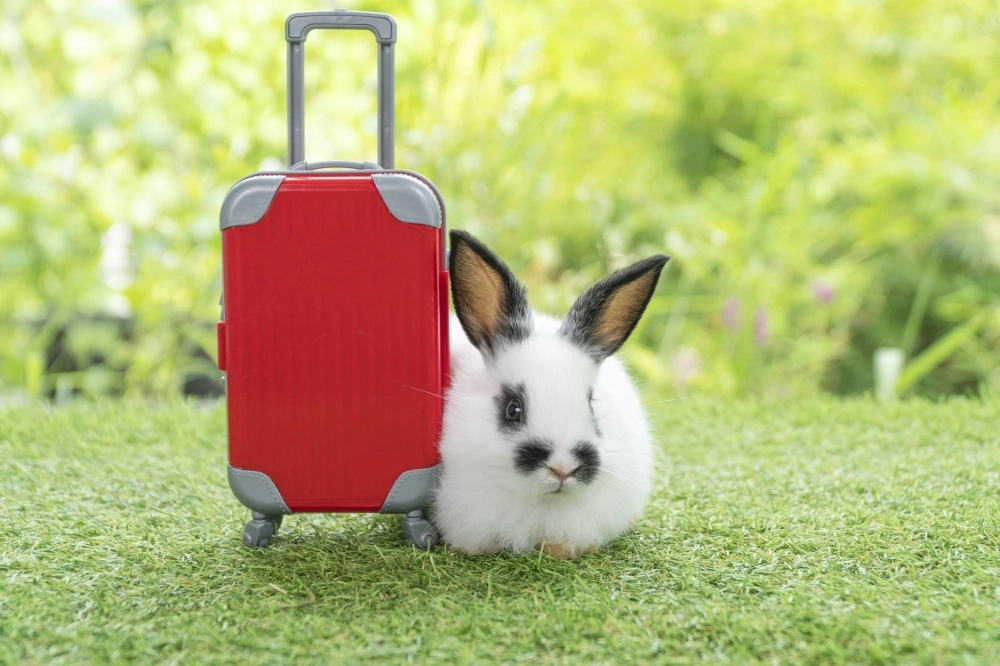There is an expression in Japanese, 「ウサギの昼寝」(usagi no hirune, “a rabbit nap”). It describes a moment of carelessness that leads to unexpected misfortune. It was a rabbit nap that caused the speedy hare to lose his race against the tortoise in Aesop’s timeless fable, and it was a figurative rabbit nap that caused a lot of trouble for my friend Guy Cocques-Jean. Remember him? Cooped up during the COVID years and 孤独感に襲われて (kodoku-kan ni osowarete, beset by feelings of isolation), he decided to bid Japan a bittersweet farewell.
One of the first steps in leaving Japan was 断捨離 (danshari, decluttering), which literally means, “deciding, disposing and distancing.” Guy threw out or gave away almost everything he owned, but there were a few things he had to take with him — like his pet rabbit. In Japanese, you often see pets described using the kanji for “love,” which is 愛 (ai). Someone’s “beloved dog” can be called their 愛犬 (aiken), their “beloved cat” would be their 愛猫 (aibyō) and, yes, some people refer to their “beloved car,” or 愛車 (aisha). In Guy’s case, his pet was definitely an 愛兎 (aito, “beloved rabbit”).
Thankfully, it is much easier to travel with a rabbit than, say, a Bernese mountain dog. Guy had done his homework, and he knew that there was no 輸入検疫 (yunyū ken’eki, quarantine on arrival) necessary in the case of rabbits. Unlike dogs and cats, which sometimes need to spend weeks or months under observation in a new country, rabbits were essentially 持ち込み自由 (mochi-komi jiyū, freely importable). In fact, Guy had chosen to get a rabbit for this exact reason; he knew he might someday leave Japan.


















With your current subscription plan you can comment on stories. However, before writing your first comment, please create a display name in the Profile section of your subscriber account page.